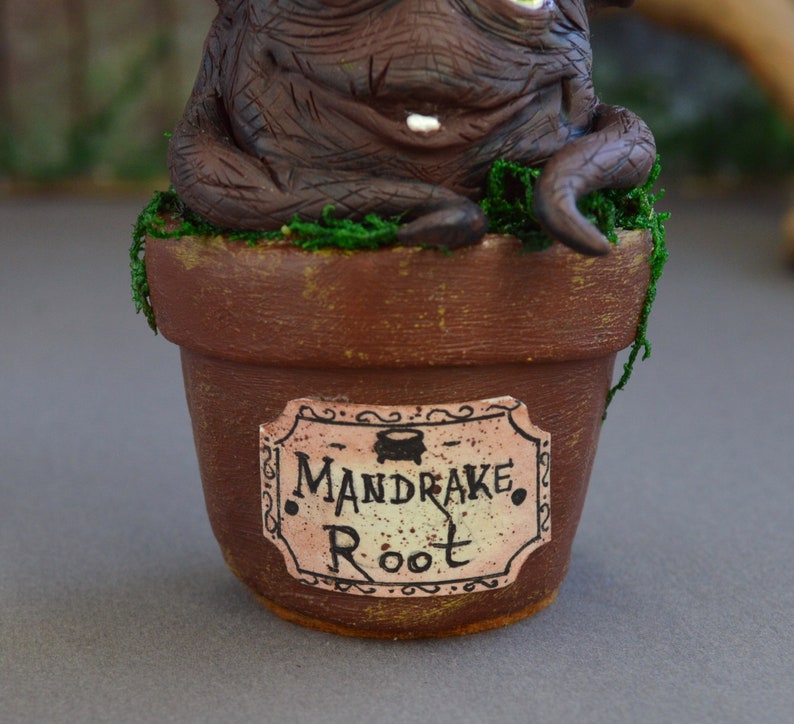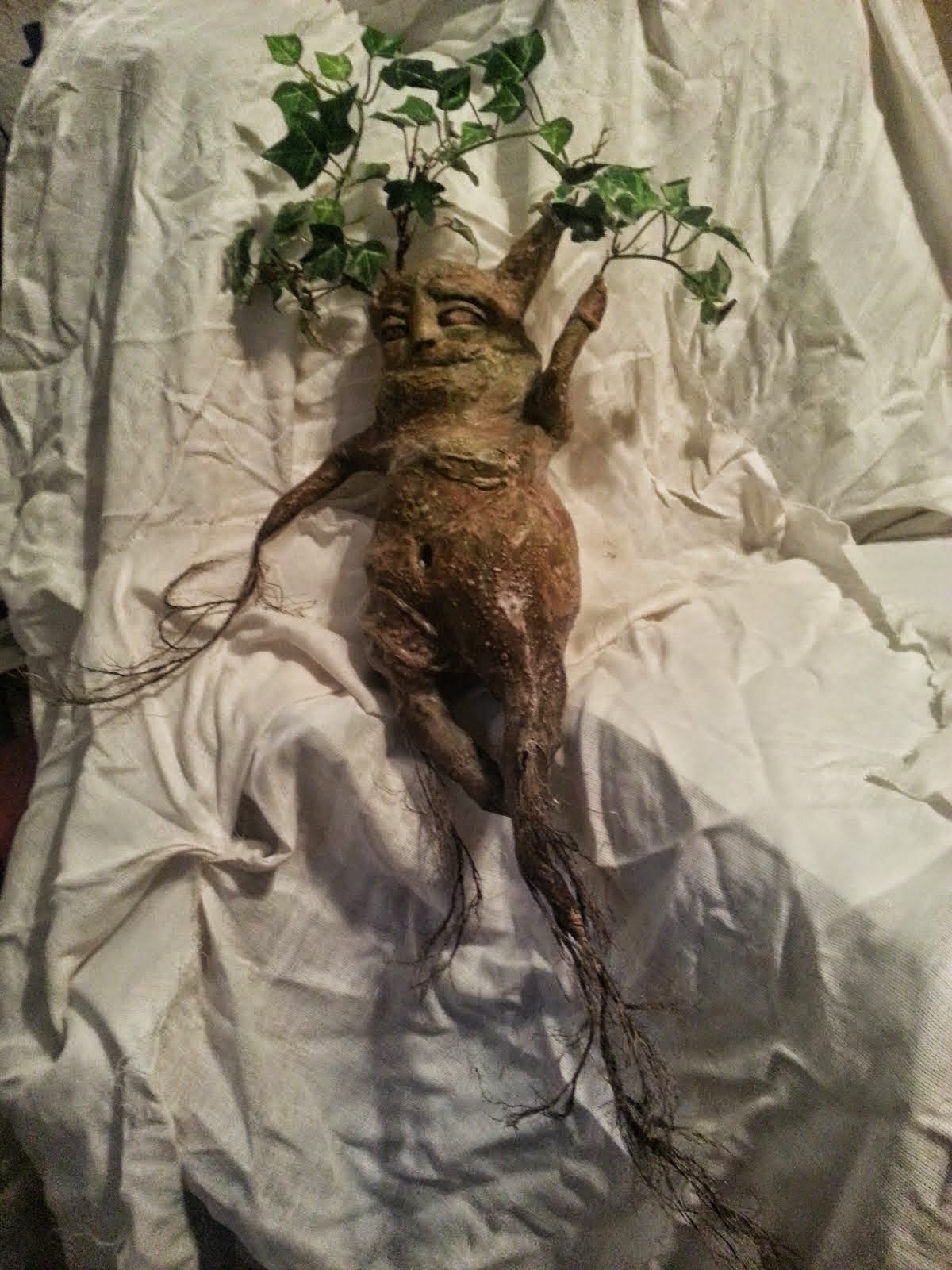

The desire to create artificial life is not a new concept. In addition to protection the mandrake has been used for fertility and love magick. The female has a heavy scent and appears darker with slender leaves, unlike the broader leaves of the paler, sweeter smelling male mandrake. Mandrake (or Raskovnik in Serbian) has the power to collect negative energy and some believe the upper part of the mandrake root can be put into a red bag and kept hidden in the home to keep a family safe from harm.ĭid you know that the Mandrake was said to come in male and female varieties? Pliny the Elder and Dioscorides during the 1st century AD (CE) describe these male and female species in great detail. Soldiers would stitch a piece of the lower part of the root into the lining of their military uniforms for protection against their enemies. On the mountain Rtanj, mandrake can be found by the aid of a hedgehog or tortoise. Ever popular in Slavic folklore, mandrake is said to have the ability to open any door, promote good luck, and attract money, in addition to aiding in protection. Mandragora grows in Europe, the Mediterranean region, and China. The European mandrake (often written about during the Medieval and Renaissance periods) originates from the genus Mandragora. Furthermore, mandrake has been a traditional ingredient in the flying ointment magickal formula of witches. In this myth, Medea (a priestess of Hekate) makes an ointment from the Plant of Prometheus (Mandrake) and rubs onto Jason’s armor to make him invincible in search of the golden fleece. Mandrake is also one of the sacred plants growing in the Goddess Hekate’s garden in the Orphic Argonautica.

M andrake is associated with Circe because of its soporific qualities and Odysseus used mullein to protect himself from her. As an enchantress on the Isle of Aeaea, Circe used her talents to transform people who offended her or meant her harm into animals. Circe was the daughter of Helios (The Sun God) and Perse (a sea nymph) and she was skilled in both herbalism and transformation. Mandrake is connected to Circe, as depicted in Homer’s Odyssey. However, nightshades such as mandrake, henbane, and belladonna are poisonous and can be deadly if ingested by humans or animals. Some have been used medicinally for centuries, such as Black Nightshade or Bittersweet Nightshade and some are used in cooking (like tomatoes, potatoes, bell peppers, goji berries, tomatillos, and eggplants, just to name a few). They contain the alkaloid solanine, which is toxic in high concentrations. Nightshades are in the Solanaceae family and there are over 2000 species (herbs, fruits, roots, or vegetables). It’s important to note that mandrake is a member of the nightshades, as well as a hallucinogenic and narcotic alkaloid. The mandrake is also mentioned in the Bible (Genesis 30:14, Genesis 30:16, and Songs of Solomon 7:13). Ancient Arabs called mandrake the Beid el Jinn, or the Eggs of the Jinn (Jinn are dangerous spirits in Islamic mythology and not to be messed with). Some surgeons were said to have sedated their patients prior to surgery using the mandrake root.

Long ago in the Middle East, the mandrake was used for both medicinal and magickal purposes.

Some of the earliest accounts of the mandrake date back to ancient Mesopotamia circa 2000 BC (BCE). This human resemblance ties back to the idea that when uprooted, the mandrake will "scream. Mandrake roots are long, thick, and forked – which is often why they are described as human-like. The flowers are bell-shaped and consist of five petals, usually purple or yellow in color, and its fruit is a fleshy orange berry. Mandrakes commonly have a short stem bearing a tuft of oval leaves and these leaves form a rosette at the base of each plant. The mandrake is a notorious (albeit highly poisonous) plant of ancient origins with distinct features.


 0 kommentar(er)
0 kommentar(er)
